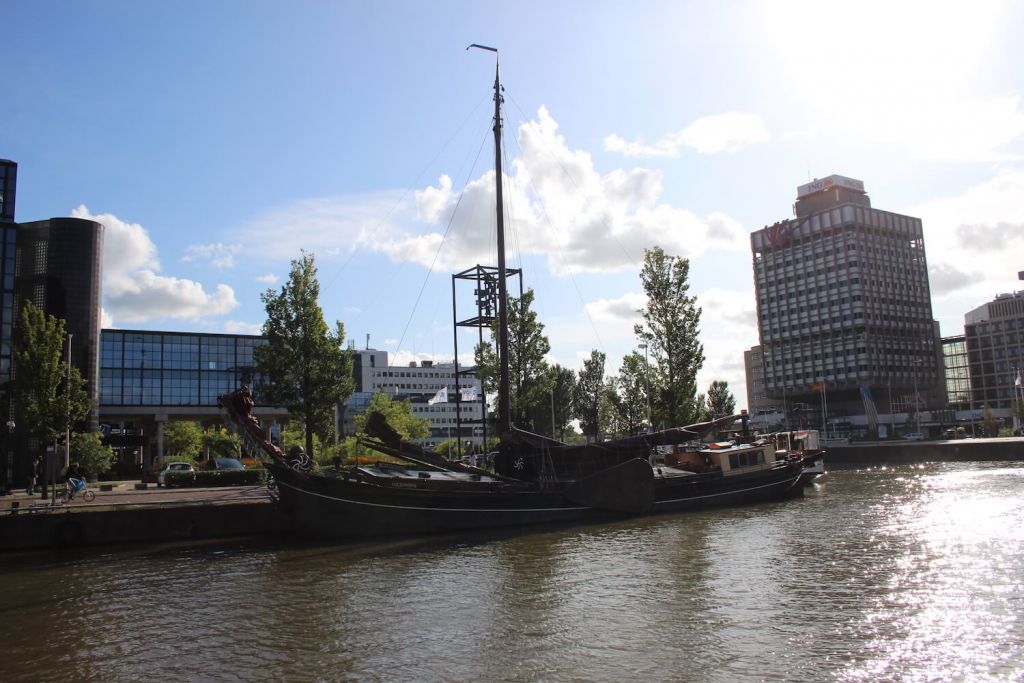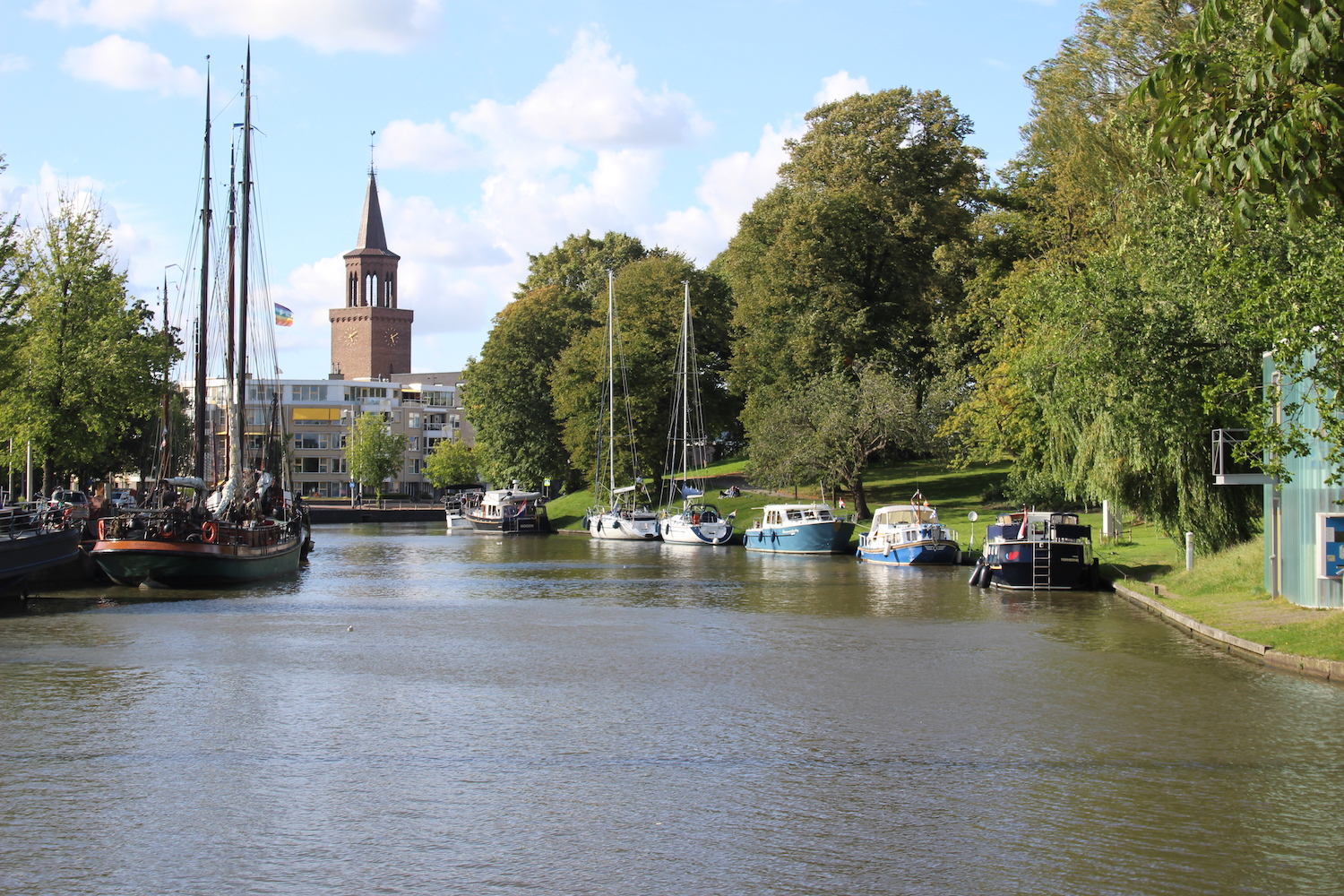How To Self Isolate as a Liveaboard Sailor (7 Tips)
With millions of people around the world being forced to self-isolate, the restrictions are inevitably impacting liveaboard sailors too. Self-isolating as a liveaboard sailor is absolutely do-able, it just requires some careful planning and strict hygiene measures to make sure your efforts are effective.
How to self isolate as a liveaboard sailor? Social distancing is possible as a liveaboard, but it involves pre-planning. Make sure you have enough food, water and household supplies onboard to reduce how often you have to leave your boat. Maximize your water storage with extra storage containers and cut down on your consumption by reusing water where possible.
Read on for many more tips and essential information on how to self isolate as a liveaboard sailor.
Make sure to follow the guidelines of the authorities
Check the following resources or your local government to make sure you follow the latest recommendations and instructions.
- WHO
- USA: Center for Disease Control
- UK: NHS
- Canada: Government
- The Netherlands: RIVM

On this page:
Storing Water
One of the key difficulties you’ll face as a liveaboard sailor during self-isolation is limited water storage. Thanks to the small size of most water tanks and the fact that you’ll be spending a lot more time than normal on board, you’re likely to need to refill your water tank regularly.
If you can, try to preempt this lack of water before you start self-isolating by buying extra vessels for water storage. One of the easiest things to use for this purpose are 5-liter food grade plastic storage containers. These are light enough that you can carry them to and from the water supply and they can really help to limit the number of times you need to leave your boat, at least for drinking water.
There are also ways you can work to reduce your water consumption to cut down on the number of trips you need to make. Perhaps the most obvious is not to run the faucet longer than you need to, but you can also reuse water in different ways. Cooking water and leftover coffee and tea can be reused for rinsing plates, for instance. Fill a small bowl with soapy water for washing up, rather than the whole sink. Some relatively minor extra steps can significantly cut down your water consumption, helping to reduce the number of times your tank needs refilling.
Cooking On Board
With widespread restaurant closures, you also won’t be able to eat out as you normally would. This means you will need to cook most of your meals onboard. Consider making meals that are easy to prepare in a small space and with a limited number of hob rings. There are some great cookbooks that can help you with this dilemma, including The Boat Galley Cookbook by Carolyn Shearlock and The Boat Cookbook: Real Food for Hungry Sailors by Fiona Sims. Both of these books also include essential items of kit that you’ll need for preparing tasty and nutritious meals in your galley kitchen, including nesting pots, anti-slip precautions and multi-purpose utensils.
- The Boat Galley Cookbook by Carolyn Shearlock (check on Amazon)
- The Boat Cookbook: Real Food for Hungry Sailors (check on Amazon)
It’s a good idea to plan your menu beforehand and write a list of the items you need so you can do one big run for provisions, rather than lots of smaller shops. Keep a running list for the next shop too so you can add items as you use them up.
Generally, cooking as a liveaboard involves a make do approach - what you have is what you’ve got so try not to be too strict with recipes. You can sub in different ingredients when you haven’t got any on board and still make a delicious meal. If you don’t have tinned tomatoes, swap in passata, fresh tomatoes or tomato paste. If you don’t have cream, sub in yoghurt, coconut milk, or a combination of milk and butter.

Storing Food On Your Boat
You will also need to consider how you can store any food and drink that you buy. It is far harder to stockpile when you’re on a boat with very limited space than it is in a normal-sized home. With this in mind, when you do go shopping it’s a good idea to opt for less bulky items that take up minimal space. In other words, don’t go for countless packets of crisps that are 90% air!
If necessary, you could decant bulkier items into smaller packets to save on space. This is a good option for storing fresh fruit - a punnet of raspberries takes up much less space if you put them in a small tupperware pot. It also works well for nuts, crackers, meat and more. Opt for stackable tupperwares that can fit neatly on top of one another, be it in the fridge or the cupboard. With packets of pasta and noodles, open the packets slightly to let the air out and then secure with an elastic band. Throw away the box on the outside of your cereals, the packet inside takes up much less space. These are all small steps that can help you store a lot more food on your boat.
Whilst tins are heavier than dried or fresh goods, they generally require less preparation and less water. Tinned food can also be stored for much longer than fresh food. You can save the water from any tins to supplement your cooking water too. This will help to cut down on your overall water consumption, reducing how often you need to fill the tank, and can also add flavor to other dishes. Liveaboard cooking isn’t just about practicality, it can also be tasty!
Leaving The Boat For Essentials
As with all self isolating recommendations, you should avoid leaving your home, in this case your boat, as much as possible. If you do have to be on land for essential jobs like emptying the waste tank or refilling the water tank, try to do so at off peak times.
The off peak times will vary depending on where your liveaboard is but generally the best times are early in the morning, around dinner time and late evening. This is when you’re less likely to encounter walkers, joggers and other liveaboards in the marina. The same goes for shopping too, if you can go at off peak times, you’re less likely to have to queue and will find it easier to stick to social distancing guidelines.
Basic Hygiene On Board
When you do need to use public facilities for whatever reason, make sure you wash your hands or use an alcohol-based hand sanitizer. Avoid touching your face as much as possible until you know your hands are clean. Wash hands with soap and water for at least 20 seconds when you have finished the tasks you needed to do and before you touch anything on board your boat.
As well as taking precautions with hand washing, you should also disinfect the surfaces on your boat regularly. This includes door handles, taps and electronic items. To limit your water consumption, you might prefer to use disinfectant wet wipes for regular disinfecting, as they don’t require any water to clean.
If you are not living solo as a liveaboard, it’s essential that you practice good respiratory hygiene to avoid spreading any virus between you and your boatmate. Make sure you cover your mouth and nose with a tissue when you cough or sneeze, or at the very least use your bent elbow. Throw the tissue in the bin immediately. As you are in such close proximity on a liveaboard, any virus can easily spread between you.
On Board Entertainment
One issue you might find if you’re opting to self isolate on your boat is that you get hit with cabin fever. Though it’s a lot less threatening than real infectious diseases, it can make self isolating miserable. Stress and boredom can hit all of us at any time but it’s especially difficult when you’re limited on space.
To combat cabin fever, you probably want to make sure you have a range of activities on board with you. This could include books, paper and paints, a pack of cards or your favourite board games.
In some countries, including the UK, social distancing laws still allow for one form of outdoor exercise like a walk, run or cycle. This is a perfect opportunity for you to get off the boat and get some much-needed headspace, stretch your legs and see a different vista. There are also some The Best Home Exercises for Sailors (Workout Plan) to get your endorphins flowing.
It’s a good idea to make sure you also have access to WIFI organized, especially if you’re planning to work remotely. You can purchase a 4G hotspot that can then be linked to a 4G phone service provider. These work fairly well, especially in areas where you have a strong signal. You can then connect your devices to the hotspot and be free to use the internet as you please. It’s worth buying one just so you can cozy in bed on colder nights and watch Netflix - it can really help to pass the time!
Getting To Grips With Self Isolating
Whether you’re living on land or as a liveaboard sailor, self-isolation can seem like a daunting prospect. In uncertain times, it can be overwhelming to think of not being able to do the things you always look forward to, be it seeing friends, going out for dinner or sailing across the globe.
Try to take comfort in the fact that everyone is going through the same thing. Work on trying to make your boat as prepared and as homely as possible, organizing your food supplies, water, and entertainment. You could use this time to do some essential maintenance on your boat or pick up a new hobby [link to at-home activities for sailors article], or you could just kick back and relax. This won’t last forever - soon we’ll all be boating as usual!
Make sure to follow the guidelines of the authorities
Check the following resources or your local government to make sure you follow the latest recommendations and instructions.
- WHO
- USA: Center for Disease Control
- UK: NHS
- Canada: Government
- The Netherlands: RIVM
Did you find the answer to your specific question?
👍 0 👎 0
Leave a comment